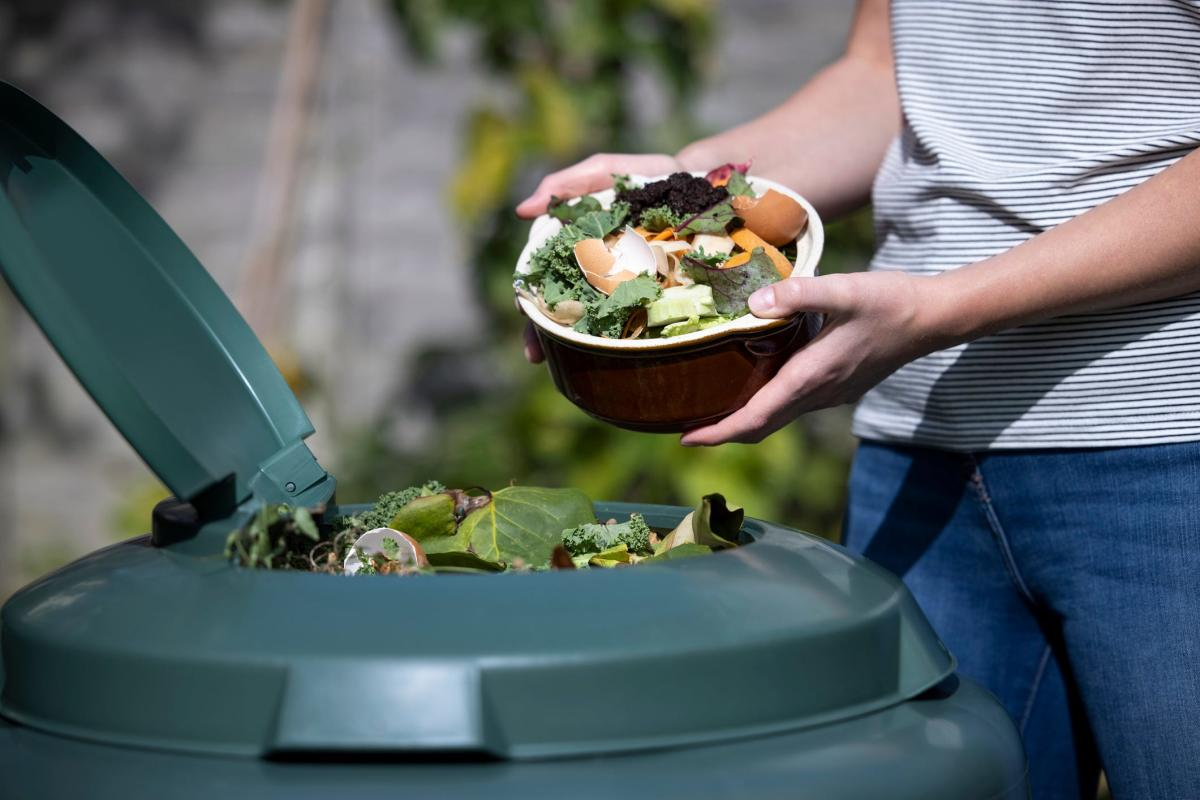One major source of costs in the food service sector is food waste. Approximately one-third of a restaurant’s earnings is typically allocated to inventory. Additionally, that same restaurant generates 20 tonnes of food waste annually, which is disposed of in landfills as organic material. Size expenses are just unsustainable for the long-term viability of your firm, as the average revenue margin for food service enterprises is only 3-8%. Fortunately, organic waste and spoiling can be prevented. One practical strategy for establishing a large-scale decrease in food waste is the implementation of humidity and temperature management systems and formidable skip-hire services at skip hire Skelmersdale. But there are other approaches to waste management besides remotely monitoring it.
Tie up any food that is left over.
Offer your visitors to take any leftovers in a doggy bag in case there is still food on the plates after adjusting the serving amounts. In addition to saving you cash on disposal, guests can eat dinner at home afterwards. Control your portioning to avoid serving more food than your patrons can consume in one sitting. The proper serving amounts should be made evident in the recipes. Additionally, it is crucial to keep an eye on the kitchen employees’ adherence to the recipe instructions (recipe management software will help to make sure they do). Investing in measurement tools is a wise choice. To keep employees focused, measuring spoons, cups, and scales are excellent resources.
Steer clear of excessive stock purchases.
Make sure you just buy ingredients which you are certain your company will need. If your supplier is offering a fantastic price, it may be appealing to “stock up” or buy in bulk, but performing so may leave you with larger quantities of food than you require. Furthermore, this food can only get bad if it is allowed to rot in storage.
Properly store food.
Maintain clean and organised food storage facilities, make sure your freezers and refrigerators are operating at the proper temperatures, as well as make sure low-risk goods are consistently kept on higher shelves than high-risk foods. Proper food storage settings are essential for maintaining food quality and inhibiting the development of harmful germs, both of which can swiftly result in food waste.
Encourage Ecological Planning
Encouraging sustainable preparation and striving to operate a sustainable restaurant overall are two more helpful restaurant waste management techniques. Sustainable methods are most significantly beneficial to the environment. An additional benefit? With a whopping 23% growth in Americans basing food and drink decisions on sustainability since 2019, introducing eco-friendly methods into your business is guaranteed to be a popular choice. Encouraging your staff to prepare food correctly is a simple and efficient approach to preventing completely delicious food from going to waste. To save water, wash all of the vegetables and fruits at once, and thaw frozen food using a thaw rack rather than running water.
Don’t Over Prepare for Reducing Food Waste
The time of year and possibly the day of the week will affect your unique inventory demands. For instance, if your eatery is situated on a tourist town’s beach, you should stock up on food throughout the summer, particularly on weekends when customers are drawn to the sea. On the other hand, if your company is located in the commercial area of your city, lunchtime on weekdays can be your best hour. Instead of constantly over-prepping, which can result in food waste, use your POS reports to predict how busy your restaurant is going to be at different times while making the necessary preparations. This will prevent you from having to discard the extra salad toppings you chopped during preparation at the end of the evening.
Boost Your Inventory Control
We’ve already provided you with sobering statistics on food waste, but would you also realise that misplaced or spilt alcohol can result in a 2–23% decrease in sales? Because of this, controlling the inventory of all your food and drink items in your dining establishment is essential to controlling the percentage of food waste that occurs there.
Control of temperature
Food safety depends on proper temperature regulation since it stops dangerous pathogenic microorganisms from growing. Additionally, because the food cannot decay, there is a decreased likelihood of food waste. It involves preserving high-risk food in refrigerators (1-4°C) and freezers (below -18°C), cooling hot food rapidly, reheating food to the proper core temperature (at least 70°C for two minutes), and preserving hot and cold food at safe temperatures (above 63°C and below 8°C, respectively).
Final Words
Now, you will have a notepad full of ideas on how to cut down on food waste and how to implement them as soon as possible. Reducing food waste may boost your profitability by up to 30% in operating expenses. It’s not only about cutting operating expenses, though. As you now know, reducing food waste benefits the environment as well. This is a compelling selling factor for clients who care about the environment, particularly millennials. The National Restaurant Association reports that 58% of millennials prefer dining at establishments that use ethical food sources.
